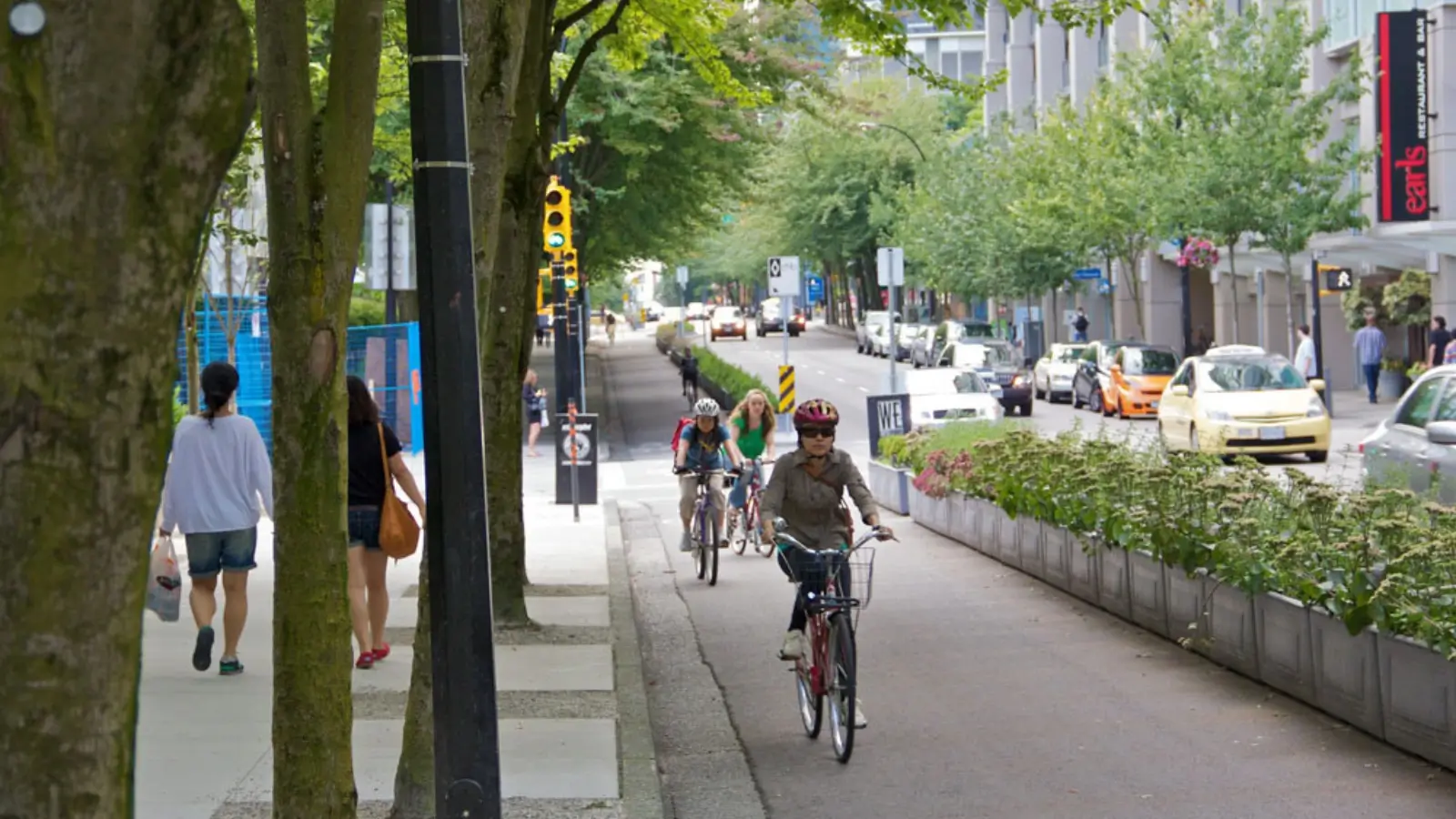


The 15-minute city model has rapidly evolved from an urban design theory into a policy framework influencing zoning laws, transportation planning, and real estate development. It envisions neighborhoods where residents can access work, education, healthcare, and recreation within a short walk or bike ride. While the concept promotes sustainability and reduced congestion, it also introduces complex legal questions regarding land use, infrastructure obligations, and property rights.
In regions exploring dense, mixed-use growth strategies, the shift toward compact urbanism aligns with renewed housing demand and municipal innovation. For those assessing relocation or investment opportunities, communities adopting these policies may influence long-term property trends. Individuals searching for options like rent houses in Vaughan often encounter planning frameworks shaped by proximity-based zoning and mixed-use development incentives.
The foundation of a 15-minute city relies on adaptive zoning. Municipalities reclassify districts to blend residential, commercial, and institutional uses, requiring revisions to long-standing land-use codes. This process can trigger rezoning disputes from property owners who perceive diminished rights or altered property values. Legal precedents emphasize procedural fairness during zoning amendments, particularly around public consultation and notice obligations.
Moreover, planners must reconcile competing objectives: density promotion versus neighborhood preservation. This tension often results in legal appeals before municipal boards or tribunals. Developers must account for these processes when preparing project timelines, as appeals can stall approvals and escalate costs.
Compact planning intensifies infrastructure use. Developers within 15-minute city zones are typically required to contribute to public amenities through community benefit charges, parkland dedication, or transit-supportive design. Legal instruments such as Section 37 agreements in Ontario or equivalent mechanisms in other jurisdictions ensure that private development funds public improvements.
However, these obligations must balance proportionality with fairness. Courts have occasionally overturned excessive levies deemed unrelated to the project’s impact. This has led to greater scrutiny of how municipalities calculate developer contributions, pushing cities toward standardized formula-based frameworks.
The transition to localized development models can create friction with existing landowners. As transit corridors intensify, adjacent properties may face partial expropriation for sidewalks, bike lanes, or public facilities. Legal protections require compensation based on fair market value, but disputes frequently arise over valuation methodology and loss of future development potential.
Another area of contention involves private covenants that restrict mixed-use activity. Municipalities sometimes override or amend these through statutory authority, prompting litigation over the limits of regulatory power versus private contract rights.
The 15-minute city framework intersects with environmental legislation through mandates for green space, energy efficiency, and stormwater management. Developers must navigate environmental assessments, heritage conservation bylaws, and accessibility standards simultaneously. These overlapping regimes require early coordination among legal, planning, and engineering teams to prevent compliance conflicts.
At the social level, inclusionary zoning policies tie affordability mandates to new development approvals. Legal complexities emerge when determining eligibility thresholds, contribution ratios, and long-term monitoring. These measures reinforce equitable access but demand precise statutory drafting to avoid constitutional challenges.
From an investment perspective, the 15-minute city alters traditional valuation metrics. Accessibility and amenity proximity increasingly influence appraisal methodologies. Mixed-use zoning enhances flexibility but can also introduce operational restrictions under municipal business licensing or noise control bylaws.
Policy-wise, cities are using this framework to reduce carbon emissions and decentralize services. Yet, success depends on consistent legal alignment between land-use planning, transportation law, and economic development policy. Without coordination, fragmented regulations can deter private participation and undermine planning goals.
The 15-minute city represents a legal and planning shift toward integrated, livable urban spaces. While it promises environmental and social benefits, its implementation raises nuanced legal challenges tied to zoning authority, infrastructure financing, and property rights. For policymakers and developers alike, mastering these complexities will define how effectively cities balance accessibility, sustainability, and lawful governance in the decades ahead.